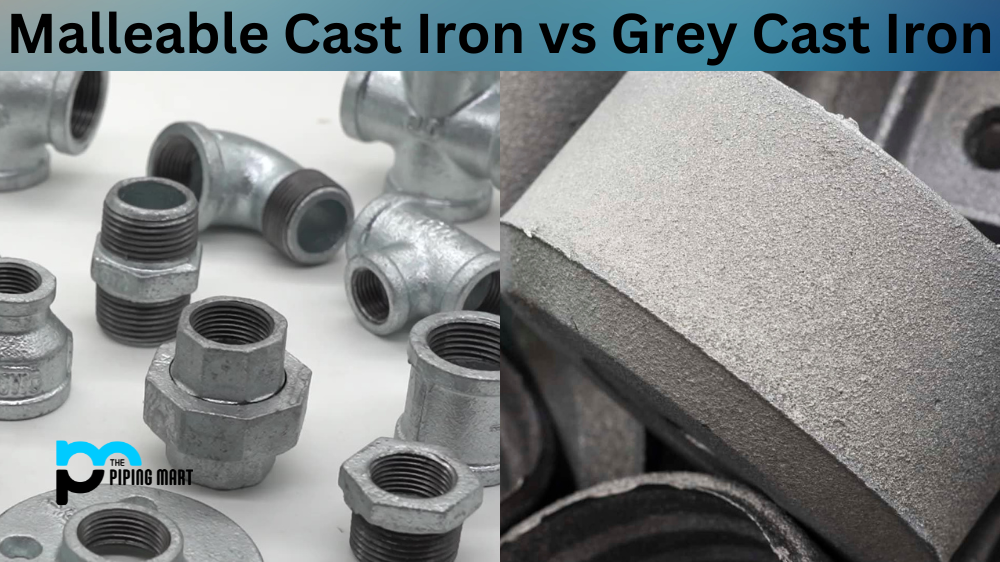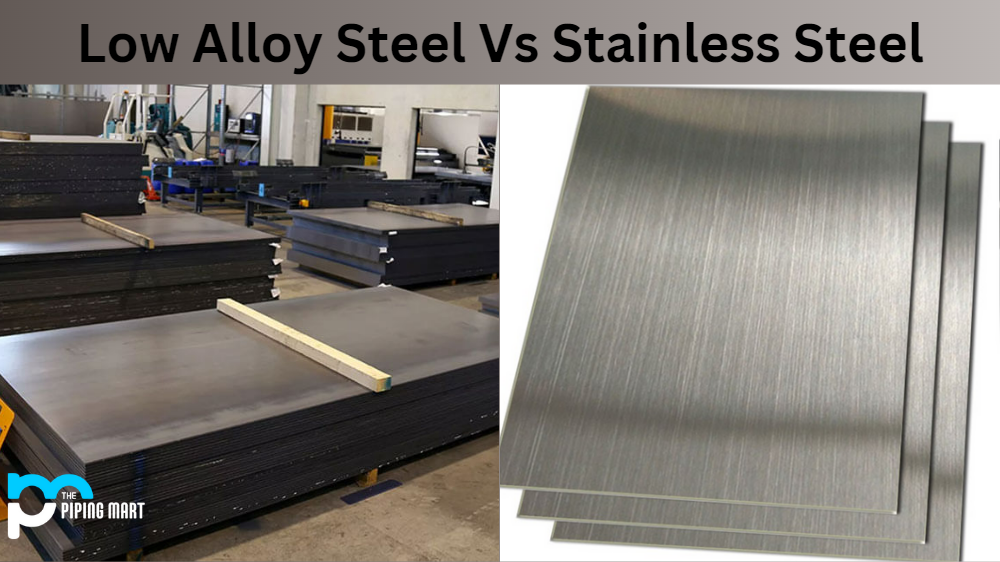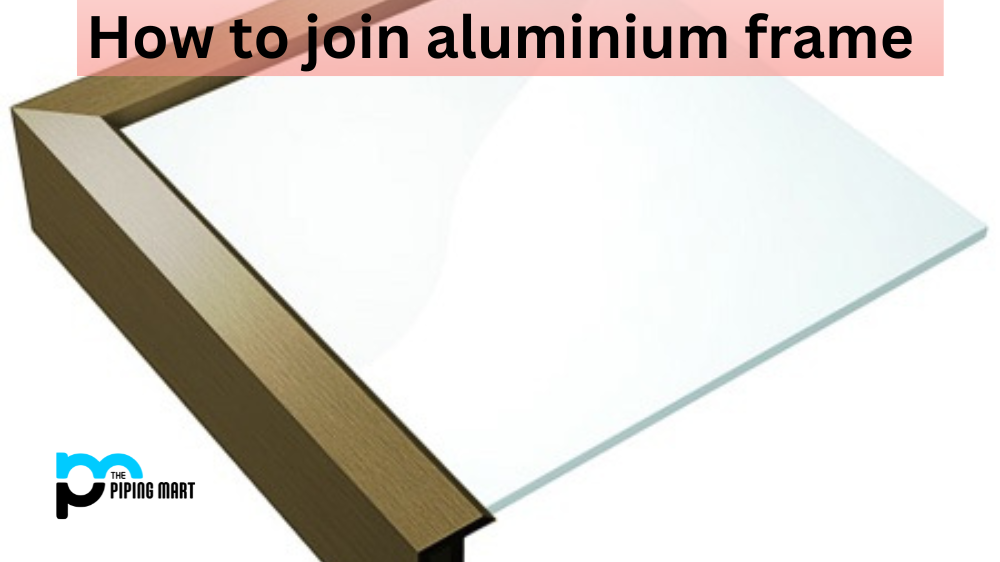Cast iron is an alloy that has been in use for many centuries. It is a material that has been used to manufacture many different products, from decorative items to machinery components. However, not all cast iron is the same, and different types of cast iron are used for different purposes. In this blog post, we will discuss the two primary types of cast iron: malleable cast iron and grey cast iron. We will be looking at their characteristics, properties, and uses to help you understand the difference between the two.
What is Malleable Cast Iron?
Malleable cast iron is a type of iron that is produced through heat treatment. This process involves heating white cast iron to a temperature of around 900°C and then holding it until the alloy’s carbon transforms into graphite. The process causes a redistribution of carbon into the iron matrix, making it more ductile. This type of cast iron is easy to machine and has excellent ductility, making it ideal for use in parts subjected to high stress and bending forces. Some applications of malleable cast iron include valve bodies, coupling bodies, gears, and machine parts.
What is Grey Cast Iron?
Grey cast iron is the most commonly used type of cast iron, and it is produced by adding elements such as silicon, carbon, and iron to molten iron. Its name comes from the appearance of its fracture surface, which is grey. Grey cast iron has a low melting point, good castability, and excellent machinability. It is ideal for engines, pipes, pump housings, and other applications requiring strength and durability. It also manufactures brake drums, engine blocks, and other automobile components.
Difference Between Malleable Cast Iron and Grey Cast Iron
There are several differences to consider when comparing malleable cast iron and grey cast iron:
- Malleable cast iron is more ductile than grey cast iron, which can deform without breaking.
- Malleable cast iron has a higher tensile strength than grey cast iron, making it stronger.
- Grey cast iron is easier to machine than malleable cast iron and cheaper to produce.
- Malleable cast iron has a higher resistance to wear and tear than grey cast iron, making it ideal for use in heavy-duty applications.
Conclusion
In conclusion, malleable and grey cast iron have different properties and characteristics. Malleable cast iron is more ductile, stronger, and more resistant to wear and tear, making it ideal for heavy-duty applications. On the other hand, grey cast iron is easier to machine, cheaper to produce, and has good castability, making it ideal for use in engines, pipes, and pump housings. By understanding the differences between these two types of cast iron, you can choose the right material for your application, ensuring that you get the best results.

Meet Bhavesh, a seasoned blogger with a wealth of knowledge and experience. From metal products manufacturing to retail, Bhavesh has a diverse background in various industries and is dedicated to sharing his insights and expertise with readers.




